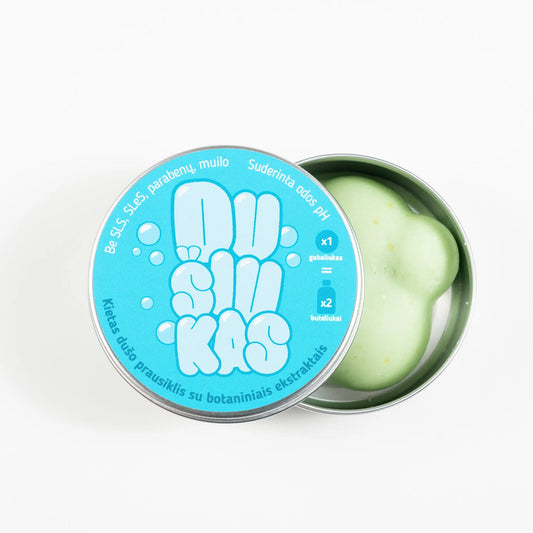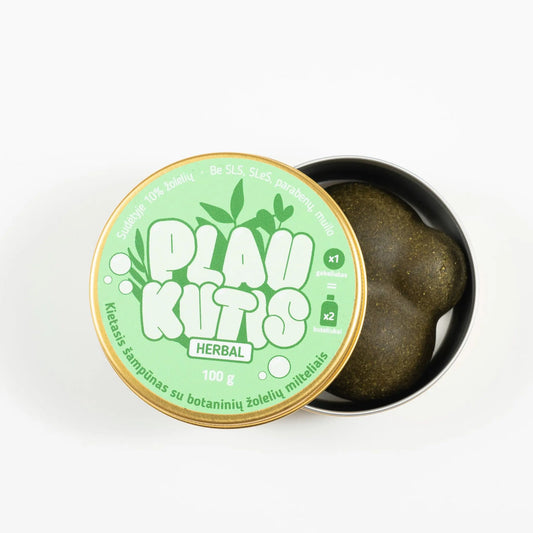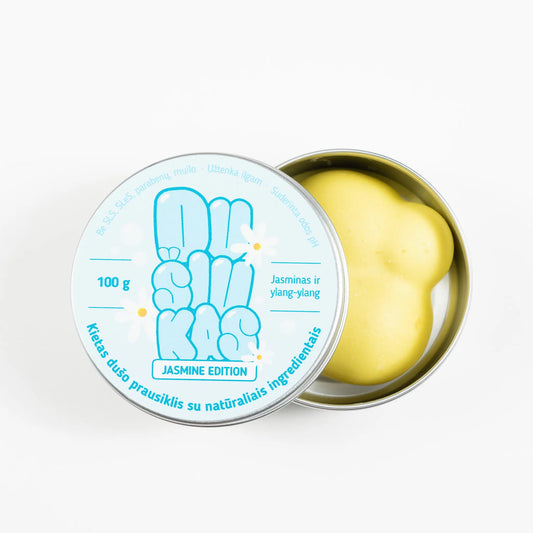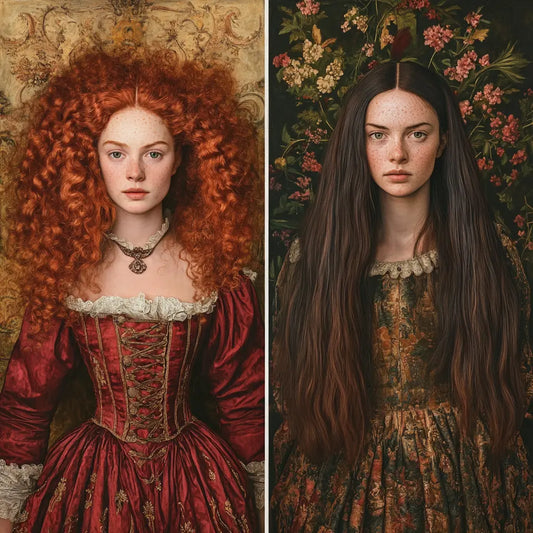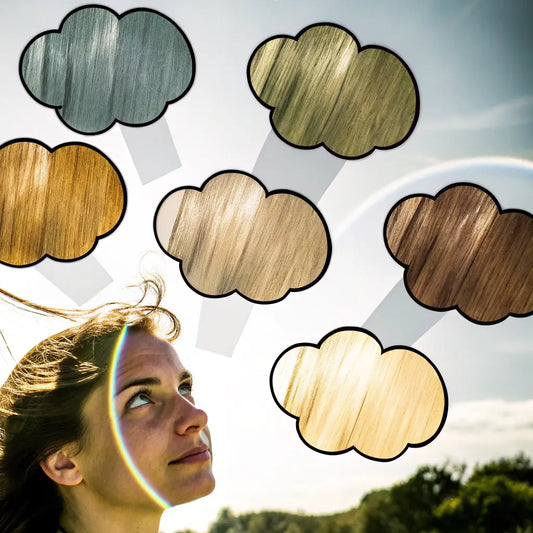As one of the oldest forms of fragrance, perfume has a fascinating history that dates back to ancient civilizations. Often used in religious and everyday rituals, these perfumes not only express cultural and social aspects, but also expand our understanding of the lives of ancient people and their ability to use the gifts of nature. In this article, we will examine the origins of perfume, its use in ancient Egypt, Greece, Rome, India, and China, and how these traditions influenced later generations.
Ancient Egyptian civilization
Ancient Egypt is one of the first cultures to document perfume-making methods. The Egyptians were known for their ingenuity and innovation in the field of scents. Perfume was not only a part of everyday life, but also had a special place in religious and ceremonial contexts.
Perfume production methods
The Egyptians used various methods to extract scents from natural materials. One of the most important methods was distillation, which produced liquid scents from essential oils. However, the ancient Egyptians also used solid forms, which were made from resins, waxes, and other materials. Solid perfumes were often used as incense and burned in ceremonies.
Use in religious and everyday rituals
Perfumes played an important role in both religious and everyday rituals in ancient Egypt. They were used as incense in various festivals and ceremonies in which gods and deities were worshipped. Perfumes were also an important part of everyday life, often used as a personal hygiene and beauty product.
Materials: incense, frankincense, myrrh
The Egyptians used a variety of substances to create scents. Frankincense, frankincense, and myrrh were important ingredients in their perfumes. Frankincense was derived from resins secreted by certain trees and was valued for its pleasant scent and ability to create a cloud of vapor that was considered sacred. Frankincense, also known as olibanum, was derived from the resins of Boswellia trees and was used as incense in religious rituals. Myrrh, another important substance, was derived from the resins of Commiphora trees and was valued for its medicinal properties and intense scent.

Ancient Greece and Rome
Ancient Greece and Rome were two other cultures where perfume and its use had a great importance. In Greek and Roman cultures, the use of fragrances was widespread in both medicine and cosmetics.
The use of fragrances in medicine and cosmetics
In Greece, perfumes were used not only as a fragrance, but also for medicinal purposes. Greek physicians such as Hippocrates used various compositions of plant extracts and oils for healing. Perfumes were used to treat various diseases, and the substances they contained were often used as part of healing procedures.
Perfume also played an important role in Roman culture. Romans often used perfume as a status symbol, and scents were used both in everyday life and for special occasions. The first attempts to create solid scents using waxes and resins appeared during this period. Solid perfumes were often used as incense and were an important part of ceremonies.
First attempts to create solid scents using wax and resins
The Romans conducted the first experiments with solid perfumes, using wax and resins as the main ingredients. Wax, as a material that could be easily molded and retained in the scent, was used in the production of solid perfumes. Resins collected from trees were used as fragrances, which were mixed with wax to create solid scents suitable for use in ceremonies and as personal perfumes.

India and China
India and China also have long traditions of perfume production and use, dating back thousands of years. In these cultures, the role of scent was not only aesthetic, but also religious and philosophical.
The role of scents in religious and philosophical contexts
In India, perfumes were an important part of religious rituals and ceremonies. Fragrances such as sandalwood and jasmine were used for the worship of deities and meditation. In Indian culture, the use of scents was closely associated with spiritual development and harmony. Perfumes were not only useful in practice, but also had symbolic meaning, reflecting the spiritual state of people and their connection with the divine.
In China, perfumes also played an important role in both religious and philosophical contexts. Fragrances were used not only in ceremonies, but also as a means to achieve spiritual balance and harmony. Perfumes were made from a variety of natural materials, such as flowers, resins, and plant extracts, and were used both in everyday practice and for special occasions.
The use of strong scents in traditional medicine and ceremonies
In India and China, solid perfumes were also used in traditional medicine and ceremonies. Solid perfumes, made from various resins and waxes, were used as part of healing treatments and ceremonies. These perfumes were often used in combination with other natural substances to achieve therapeutic effects and spiritual liberation.
Conclusions
The origins of perfumery are closely linked to the cultural and religious traditions of ancient civilizations. Ancient Egypt, Greece, Rome, India and China all contributed to the formation and development of this art, each culture making its own unique contribution to the traditions of perfume production and use. With a long and rich history, perfumery not only reflects the creativity of ancient people, but also gives us the opportunity to better understand their cultural and spiritual aspects.

